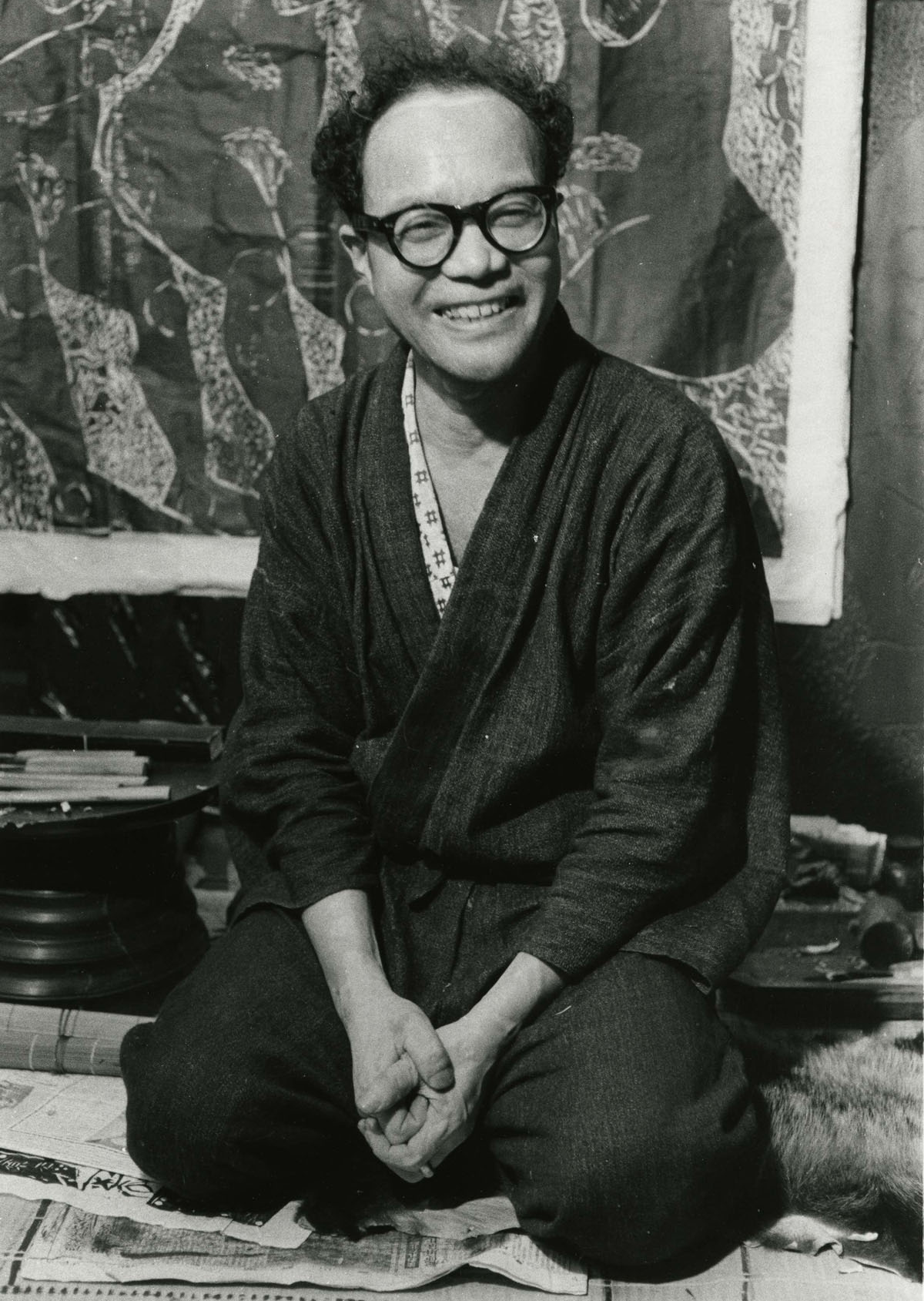
Photo|Ken Domon
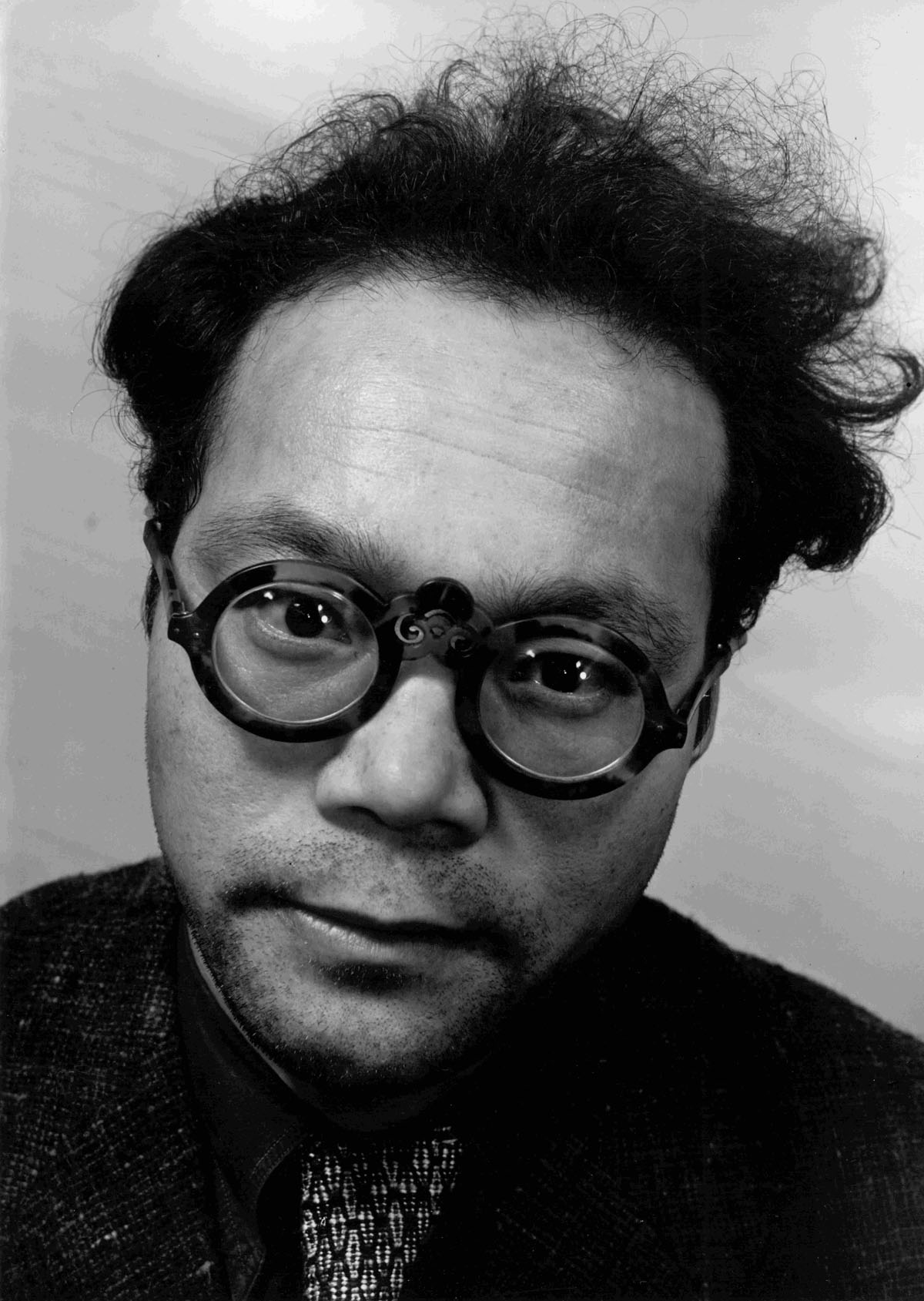
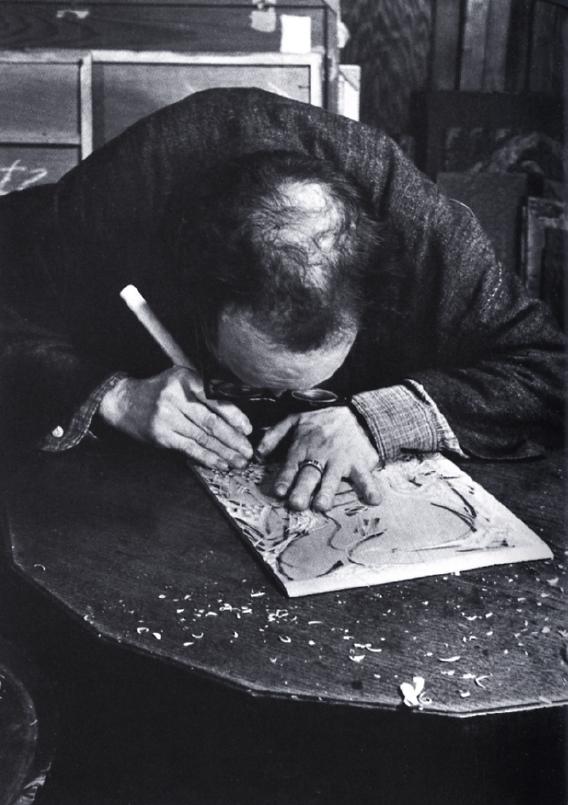

▼ The early years
Born in Aomori City on September 5th 1903, Shiko was the third son of a black- smith, Kokichi, and his wife Sada. Shiko entered Nagashima Elementary School in April of 1910. By about the third grade he began to develop an interest in kite art and drew kite pictures for his classmates. On one occasion in sixth grade while running to see an airplane make a crash landing in a rice field, he happened to fall at the edge of a brook. Right in front of him was a white blossom of “Omodaka” and he was struck by its beauty. After finishing elementary school Shiko joined his elder brother at their father’s blacksmith business. At the age of 17 he was employed by the city court and took advantage of his new schedule to visit Gappo Park in the early morning and practise sketching. It was around this time, also, that he was deeply impressed by a reproduc- tion of Van Gogh’s “Sunflowers”, given to him by his teacher, Tadaaki Ono. Organizes a “Western-style” painting group with three former middle-school classmates from Aomori and holds exhibitions. Years later, Shunkichi Takeuchi, late prefeetural Governor, gives him words of high evaluation on his pictures, which spur him into muck more effort.
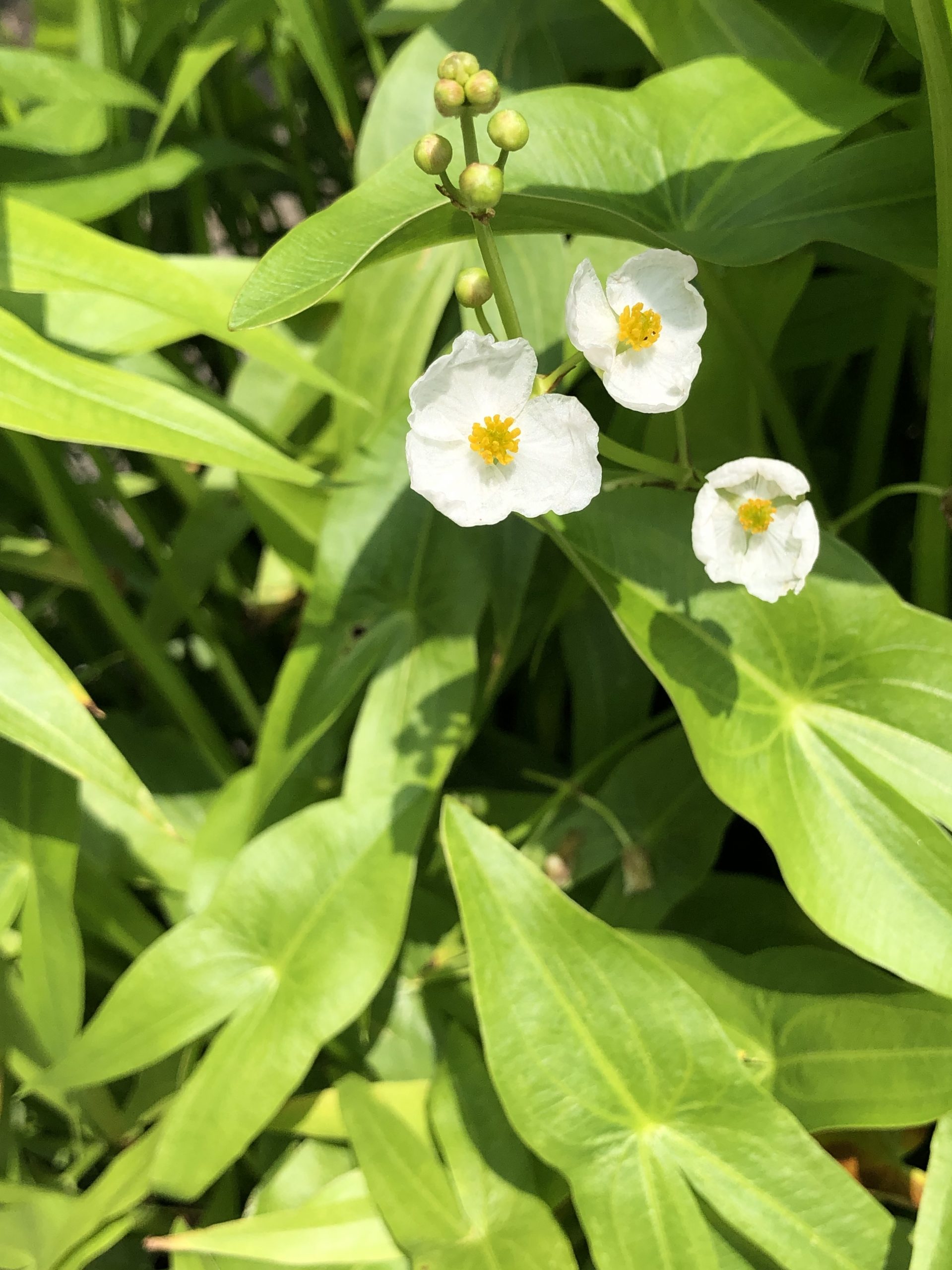
Omodaka
▼ Tokyo and his art studies
In 1924, at the age of 21, Shiko made up his mind and went to Tokyo. While scratching a living by repairing shoes and selling “natto”, he continued to study art. In October 1928, after five years in Tokyo, he had his first picture, an oil painting called “Zatsuen”accepted for the 9th Imperial Exhibition.
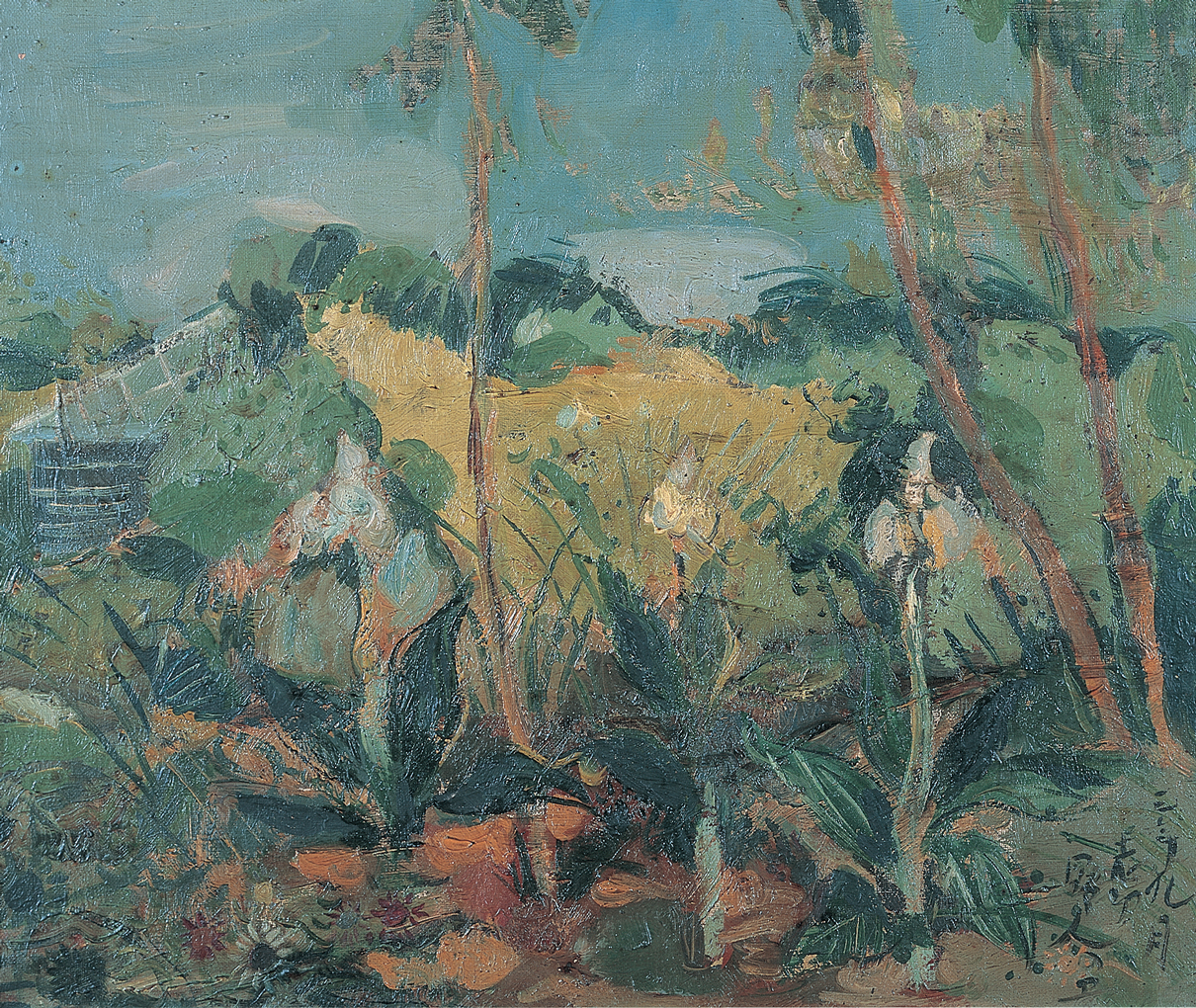
Garden(study)
Oil Painting 1928
▼ A change of direction-the woodblock print
Shiko’s interest in woodblock print art began even before his oil painting “Zatsuen” was accepted for the exhibition. Moved by Sumio Kawakami’s woodblock “Hatsunatsu no kaze”, Shiko began his studies of the medium by visiting Un’ichi Hiratuka, who had been introduced to him by Kihachiro Shimozawa, a friend from Shiko’s hometown. In 1928, three of Shiko’s woodblock works were accepted for the Shunyo Exhibition. In 1932 all four pieces he submitted were accepted for the Kokugakai Exhibition. In addition, three pieces were bought by Boston Museum and the rest was bought by Luxembourg Museum in Paris. This convinced Shiko to focus on woodblock print art. In April 1936, his woodblock series “Yamato-shi Uruwashi”was displayed in the Kokugakai Exhibition and subsequently purchased by the Japan Folk Art Museum, which earned Shiko the acknowedgement of Muneyoshi Yanagi,Kanjiro Kawai and Shoji Hamada.

The Life of Prince Yamatotakeru [Composition on Ichiei Sato’s poem] (Partial)
woodblock 1936
▼ International acclaim comes to Shiko Munakata
In April 1952, Shiko’s work was awarded a special prize for excellence at the 2nd International Woodblock Print Exhibition held in Lugano, Switzerland. In May, he enters In Praise of “Destiny” (by Beethoven) at the Salon de Mai. Entering works such as “Two Bodhisattva and the Ten Great Disciples of Sakyamuni” Shiko took the top prize in July 1955 in Sao Paulo Biennial. The following June he received the International Woodblock Print Award at the Venice Biennial for works like “Ryuryoku Kakosho”,thus firmly establishing himself as a world class artist. Traveling overseas in 1959, Shiko lectured at various American universities. While in Europe he visited Van Gogh’s grave. He visited the U.S. four times in all his life, and made a trip to India in his last years.
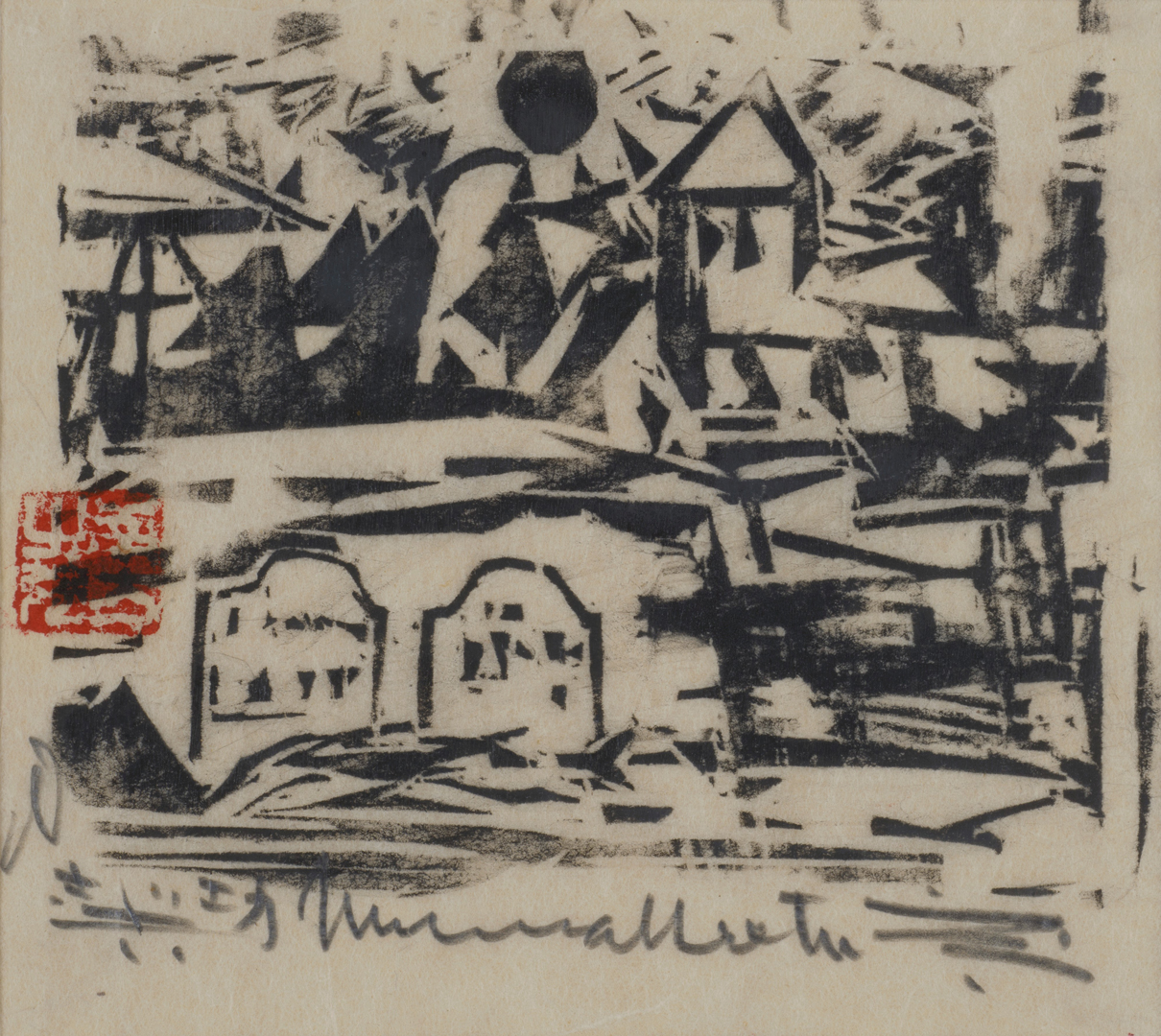
The Graves of the Gogh Brothers at Auvers
woodblock 1959
▼ The artist and his hometown
Shiko Munakata felt an unusually strong love for his hometown. His heart was captured not only by the kite art and nebuta paintings,but also by the scenery and customs of the area. He offered the following words of encouragement to local youngsters,”Set your sights pure and high and step out into the wide world of your dreams and hopes”. These words are engraved on a stone monument in Gappo park. On February 17th 1969, Shiko Munakata was named the first Honorary Citizen by the City of Aomori and in November of the following year was the first person from Aomori Prefecture to receive the Order of Cultural Merits from the national government. Of course, he is the only one recipient in woodblock print. On September 13th 1975, at the age of 72, Shiko Munakata passed away in Tokyo. His grave, known as “Seiminhi,”is located in Aomori’s Sannai Cemetery and is fashioned after Van Gogh’s.
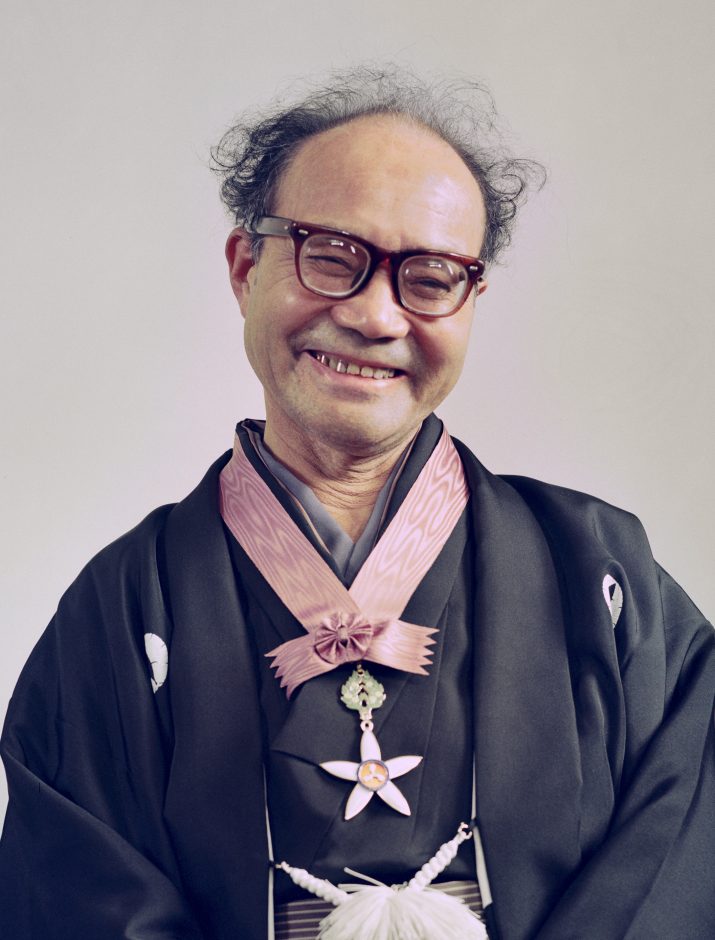
▼ The wide range of his endeavors
In addition to his woodblock prints, Shiko left many masterpieces of drawing, oil Painting, calligraphy and the like. He also authored a number of books, such as “Bangokudo”, “Wadaba Gohho ni naru” and “Hansange”.Munakata’s design of book-cover and wrapping paper is widely loved by people, and in particular variety of wrapping paper still exists in many places in Japan.
